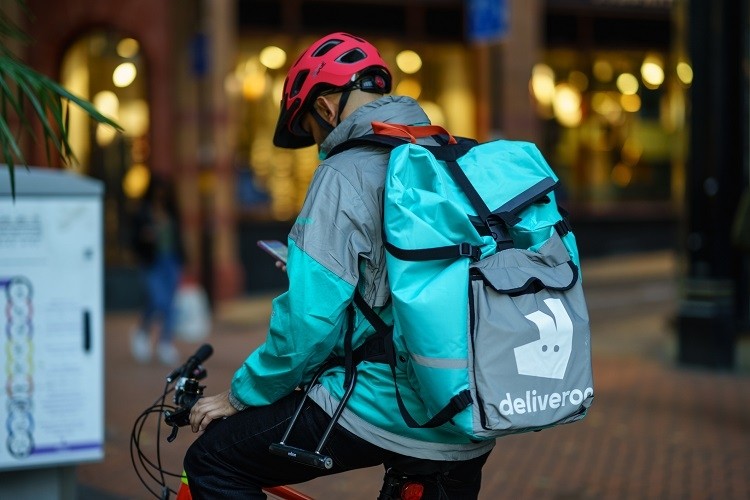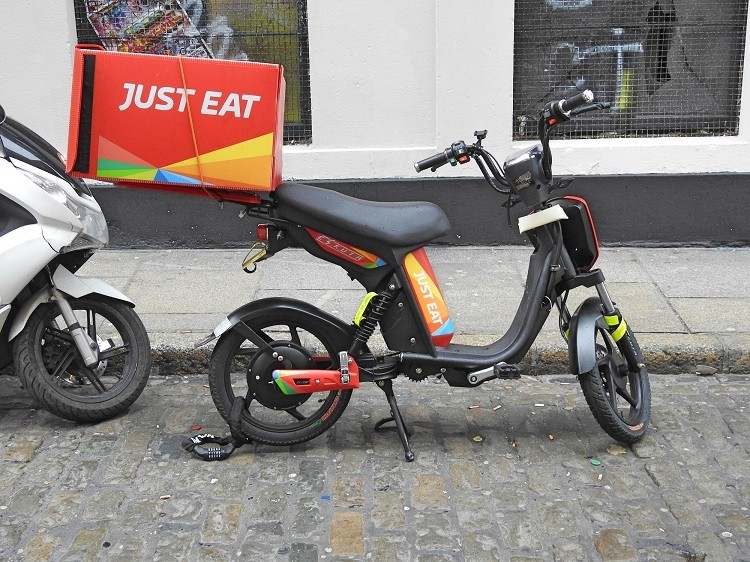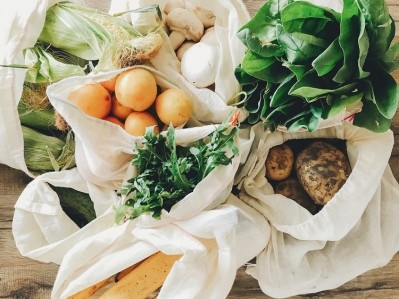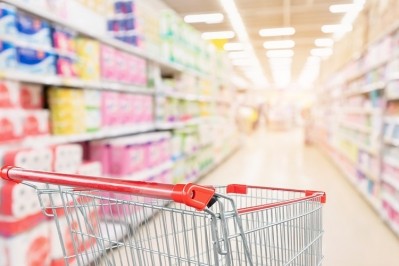Online food delivery ‘one of the only winners’ in coronavirus outbreak

Revenue in the UK online food delivery segment stands at a healthy £4,215m (€4,528m) so far in 2020 – up 11.5% in the year to date versus the comparable period of last year.
According to Statista, the total number of users is also on the rise. In 2020, the market analyst firm reported 22.5m users, representing an increase of 9.8% on the same period in 2019.
Now, the coronavirus pandemic could be set to boost both revenue and user numbers in the sector even further. “Food delivery is going to be one of the only winners of this situation,” Mintel’s foodservice research category director, Paul Davies, told FoodNavigator.
Where restaurants fail, will home delivery prosper?
On Monday 16 March, UK Prime Minister Boris Johnson warned the nation that coronavirus, or COVID-19, was now ‘approaching the fast growth part of the upward curve’. The situation is particularly concerning in London.
“Now is the time for everyone to stop non-essential contact with others and to stop all unnecessary travel. We need people to start working from home where they possibly can. And you should avoid pubs, clubs, theatres and other such social venues,” he said.
While the government has not officially closed restaurants or bars, consumers are responding as if it had. “A lot of restaurants are going to be forced to close, or people are not going to be willing to visit,” said Mintel’s Davies.
At the same time, following the government’s advice, people will be spending a lot more time at home. “So they are going to be looking for little lifts, things to look forward to – like ordering food takeaway orders, for instance,” the category director continued.
“We definitely expect to see a big spike in home delivery and takeaway,” said Davies, citing big players in London’s online meal delivery sector: Deliveroo, Just Eat, and Uber Eats.
New safety measures
In a time when unnecessary social interaction is discouraged, food delivery firms are adapting their practices to reassure customers. One initiative is ‘contact-free’ delivery.
“Apps such as Delivery and Just Eat are already offering contact-free delivery, so you don’t have any human interaction at all,” Davies explained.
“The food is delivered at your doorstep, the delivery driver will step a couple of metres away, and you’ll be alerted via the app that your food has arrived. There is minimal risk anyway, but [such measures] make [contamination] even less likely.”
According to Deliveroo, the new feature enables consumers to choose contact-free at check-out. “Riders will be able to see when a customer has selected this option in the order’s delivery notes and will then follow a simple process to ensure there is no contact when the food is delivered.
“Riders will be asked to let the customer know they have arrived, place their thermal bag open on the ground outside the door, step back at least one metre and wait nearby the customer to collect the food before the order can be completed.”
Conversely, riders are also able to make orders contact-less if they wish, by letting customers know through the app before they arrive.
“We remain in daily contact with local health officials to make sure we are offering the safest service possible to customers, riders and restaurants,” said a Deliveroo spokesperson.
The company has also announced a ‘hardship fund’ for riders who have either contracted the COVID-19 virus or been instructed to self-isolate by a medical authority. In such cases, riders will be eligible for financial support.
Just Eat has similarly implemented a contactless service, a spokesperson told FoodNavigator.
“The health of everyone in the Just Eat community is our highest priority and our approach is guided by government and health authority advice.
“We have introduced contactless delivery across our network and continue to share and implement relevant guidance for the restaurants and couriers we work with in every market where we operate.”
Growing supply
Just as demand is expected to increase, so is supply. According to Mintel’s Davies, the government’s social restriction guidance means hospitality players may be encouraged to onboard with food delivery platforms.
“A lot of pubs and restaurants that never offered home delivery are now starting to do that,” he told this publication. “If they do that via the likes of Just Eat, Deliveroo, and Uber Eats etc, they [will] have a much bigger audience.”
Just Eat is aware of this opportunity, which could help keep restaurants afloat in the coming months. “If we receive enquiries from restaurants wishing to add delivery capabilities then we will be working hard to respond to those and get those restaurants online as quickly as possible,” we were told.
Whether customers’ preference for particular cuisines during a time of social restriction and self-isolation will change, is uncertain. Recent Google Trends data revealed that interest in cuisines from China and Italy – the two hardest hit countries of the COV-19 outbreak in early 2020 – had dropped considerably.
However, Davies does not expect such changes in taste to continue on a mass scale. “We did see that a little bit a few weeks ago, when the impact of the virus was only affecting China and far eastern countries. We did see reports of much less footfall in London’s Chinatown, for instance.
“But I think now it has got to a level where this outbreak is not associated with any particular area. So I don’t predict any particular cuisines to be hard hit at all.”
Potential opportunities
With a healthy network of restaurants, customers, and delivery employees, could the online food delivery sector broaden its mission for community benefit?
According to Davies, some players are looking to do just that. “Just Eat and Deliveroo have been in talks with the government to provide care packages to the elderly,” he explained.
Older consumers are among the least likely to order takeaway food, and certainly are less likely to use third-party apps to do so. “So that could be one really interesting measure they put in place to boost awareness and usage among older age groups, and those in the most need.”
Other potential opportunity lies in partnerships with local supermarket retailers, the category director suggested. “An interesting angle would be to add grocery items to your order. Say, for example, someone like Deliveroo – as well as delivering takeaway – to also offer some household essentials that they deliver at the same time.”


























